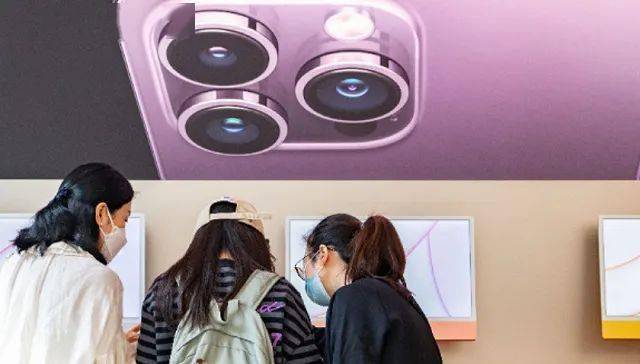
Image Source: Jianlei Fan
On February 23rd, according to Digitimes, a source from the supply chain revealed that Apple is finalizing the design of its first foldable device, a project that has been in development for at least five years.
However, the source mentioned that compared to the iPhone, Apple’s first foldable product might be a “larger device,” indicating that it will be more akin to a tablet or laptop in terms of form. The design work for this device is nearing completion before entering mass production, with the actual launch expected no earlier than 2025.
In fact, with mainstream phone manufacturers like Samsung, Huawei, OPPO, vivo, Xiaomi, etc., already venturing into the foldable screen phone market, it was only a matter of time before Apple joined the race. During Apple’s temporary absence in these few years, foldable screen phones have emerged as a new form factor in the smartphone industry, gradually gaining market traction. In terms of market share and growth rates, Apple still has the opportunity to make an impact.
According to a report by market research firm TrendForce, global shipments of foldable smartphones reached 15.9 million units in 2023, marking a 25% year-on-year growth and accounting for approximately 1.4% of the entire smartphone market. The organization projects that in 2024, foldable smartphone shipments will reach around 17.7 million units, representing an 11% year-on-year growth, slightly increasing its share to 1.5% in the overall smartphone market.
Among them, Apple’s primary competitor is Samsung, holding the leading position in this niche market with a market share of 66.4% in 2023, followed by Huawei at 12% and Xiaomi at 5.3%.
The main reasons why the foldable screen phone market has not yet exploded lie in product experience and pricing. Despite continuous iterations in hinge and screen technology, after-sales service and repair of foldable screen phones remain a concern for consumers. Simultaneously, major manufacturers generally price their smaller foldable (vertical fold) versions around 6000 RMB, while larger foldable (horizontal fold) versions tend to cost close to ten thousand RMB, restricting the user base to a niche market due to pricing and use case scenarios. Behind this, mobile phone manufacturers are also constrained by the optimization process of product component costs.
The industry generally believes that Apple’s delayed entry into this market is linked to the company’s historically high standards for product quality. According to MacRumors, the main challenge for Apple’s foldable device is developing a panel that meets its quality requirements.
Samsung Electronics had previously provided foldable display samples to Apple, and Apple has been testing its foldable phone as part of its research and development process. However, earlier this year, Apple paused the development of Samsung’s foldable displays, citing failure to meet the company’s stringent testing standards. These reports have not been officially confirmed.
Nevertheless, Apple has not halted the development progress of its foldable device. Digitimes further reported that Apple has reassigned some of its Vision Pro engineers to the foldable project for internal restructuring, with the company now having multiple departments responsible for different foldable product lines.
Furthermore, in a report related to this topic, The Information indicated that Apple’s foldable prototype will fold horizontally, but if this product fails to meet Apple’s quality standards, the project could still be canceled.
Apple’s product release strategy has always been self-driven, seldom swayed by industry trends or product hype. The delayed release of the Vision Pro after nearly a decade since the emergence of the VR industry is a prime example. However, this self-imposed pressure also creates a myth around Apple, setting high expectations for innovative products. Once its products hit the market, they are expected to bring about a certain level of disruption, especially in terms of user experience.
Apart from the foldable screen devices, there are already high expectations from the public for Apple. Before 2025 arrives, Apple needs to first redefine the AI smartphone concept through software enhancements this year.